Key questions answered about Mark Carney’s new cabinet
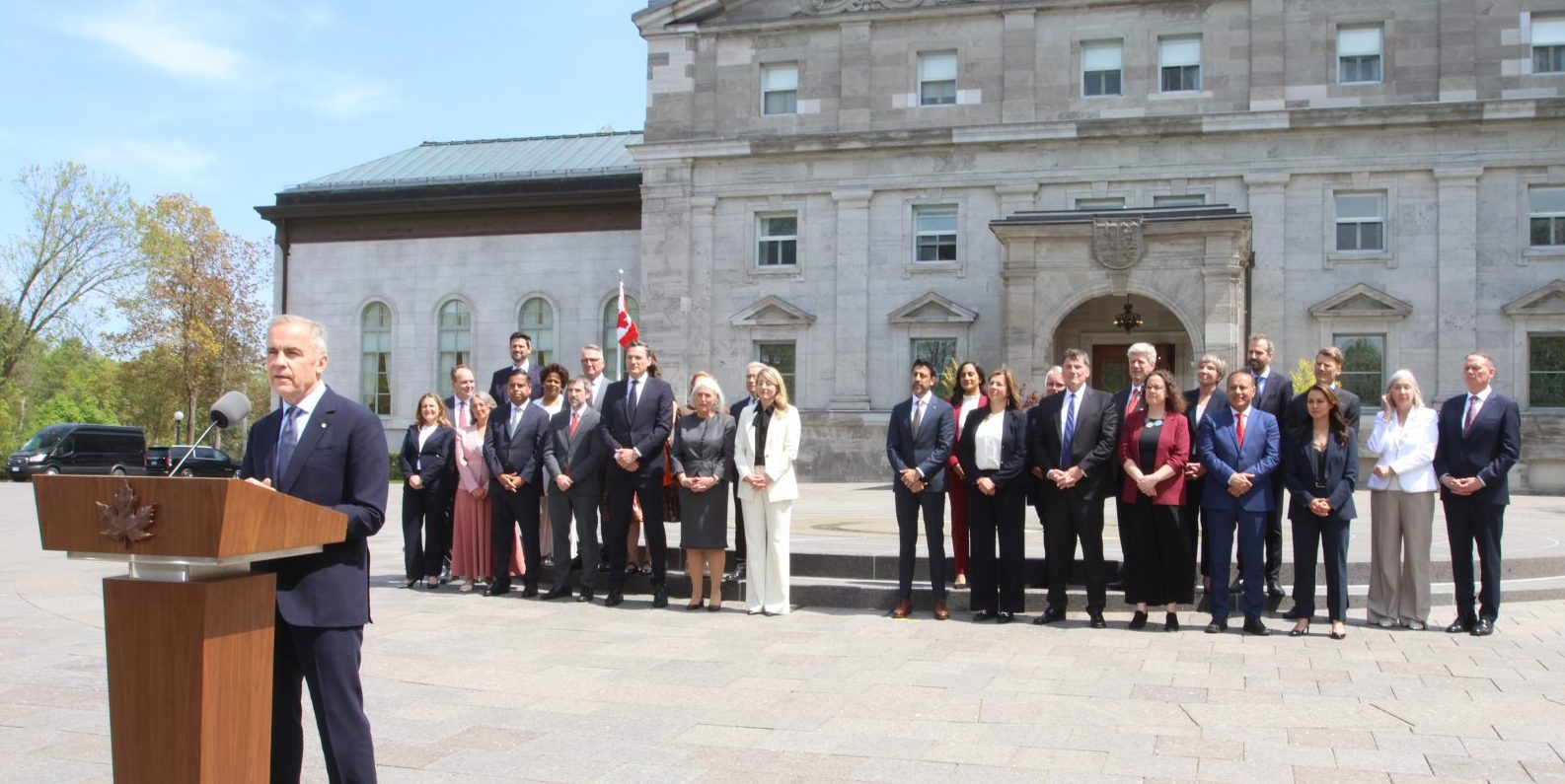
Prime Minister Mark Carney’s post-election cabinet is now in place. Politics This Morning dove into the outcomes and what they say about this government.
How are women represented?
Carney fell just shy of gender parity in his new cabinet and ministry. The cabinet includes 29 proper ministers, if you count Carney himself, and 14 of them are women. There are an additional 10 secretaries of state—junior ministers—four of whom are women.
It’s not entirely clear yet which ministers will wield the most or least amount of power within the cabinet: the government hasn’t yet published new org charts for its various branches. In most governments, the most senior posts include Finance, Justice, Foreign Affairs, Defence, Industry, and the Treasury Board. Women occupy two of those: Anita Anand is the new foreign minister, and Mélanie Joly has been shuffled out of that job and into industry.
Carney also reinstated the position of a minister for women: Rechie Valdez has been assigned that role, and it is within the cabinet proper, not as a minister of state. Valdez’s old job, government whip, is no longer within the cabinet.
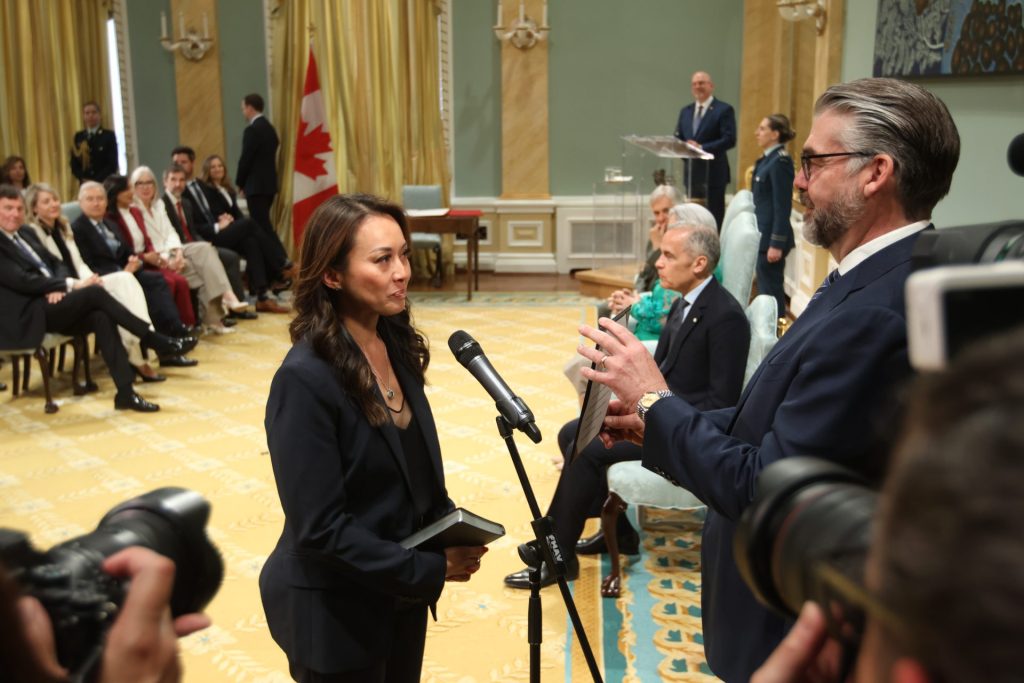
Chrystia Freeland has kept her previous job of minister of transport and internal trade. Lena Diab has taken over Immigration, and cabinet fixture Patty Hajdu has been moved back into the jobs/employment role atop Employment and Social Development Canada (ESDC), which she held from 2017 to 2019.
Let’s take a detour there for a moment. A year ago, ESDC was led, on paper, by six different ministers: for employment, families, labour, diversity, women, and citizens’ services. Before May 13, Carney had pared that list down to one: then-jobs minister Steven MacKinnon (now the government House leader.)
Carney’s new cabinet includes ministers of jobs and women at ESDC. It includes another three junior ministers that will likely to tied to the department: children and youth (Anna Gainey), seniors (Stephanie McLean) and labour (John Zerucelli).
Carney campaigned on a promise to “enhance” Canada’s Employment Insurance program, and make other changes to benefit programs run through ESDC. Perhaps he’s hoping that a less complicated chain of responsibility at the department will make it easier to do so.
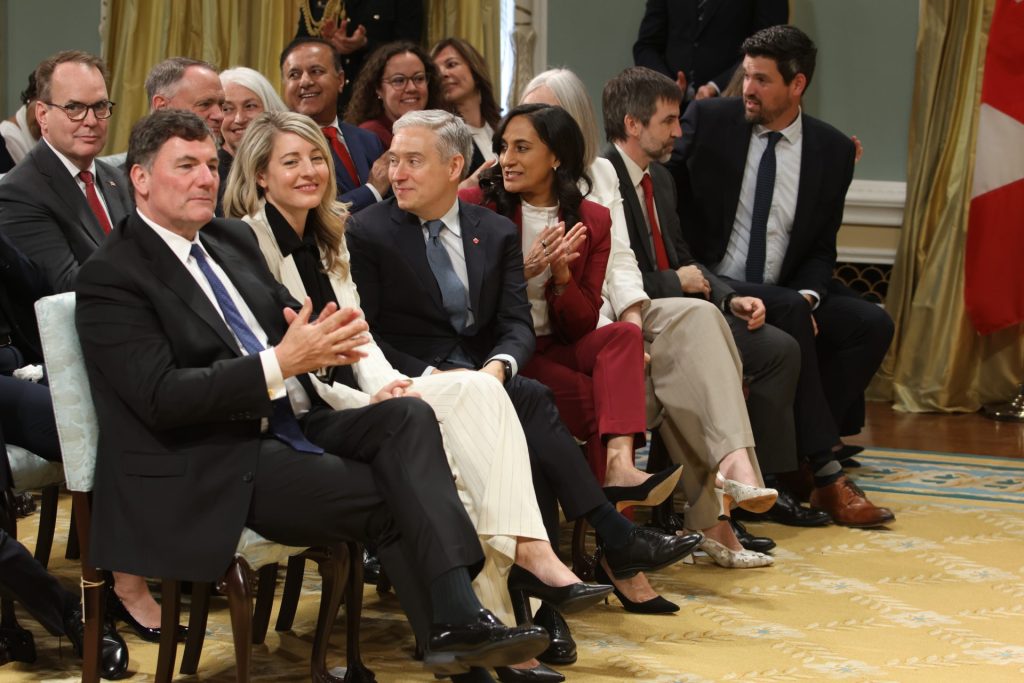
Who stuck around at the top?
Let’s revisit those six top-tier positions: Finance, Justice, Foreign Affairs, Defence, Industry, and the Treasury Board.
They are now filled, respectively, by François-Philippe Champagne, Sean Fraser, Anand, David McGuinty, Joly, Shafqat Ali.
Four of those six have served in multiple cabinet positions under then-prime minister Justin Trudeau.
McGuinty served for just a few months as minister of public safety, both in Trudeau’s short-lived final cabinet and Carney’s short-lived first cabinet. He also spent more than seven years outside of cabinet as the chair of the National Security and Intelligence Committee of Parliamentarians, and has sat as an MP since 2004.
Ali is the only cabinet rookie of the group. He was first elected in 2021. He has also never served as a House officer, parliamentary secretary, or committee chair. He represents a riding in Brampton, Ont., and before being elected he was a realtor.
The Treasury Board president is responsible for ensuring that the government’s spending and administration practices go by the book. That includes approving spending proposed by the cabinet, establishing rules for government contracting and management, stickhandling government labour disputes, reviewing regulatory proposals, and more.
Despite this central role, the Treasury Board president has been pushed to the margins of government decision-making in recent years. Perhaps Carney has recognized some abilities within Ali that will allow him to elbow his way back to the centre. Or, perhaps Carney wants an inexperienced minister in the job who can more easily be kept to the side.
Who did Carney tap to help him wrangle the premiers?
The same ministers as before, for the most part. If there’s one minister who should have been added to the list of heavy hitters above, it’s Dominic LeBlanc, who will retain his role as the cabinet liaison for U.S. trade and intergovernmental affairs.
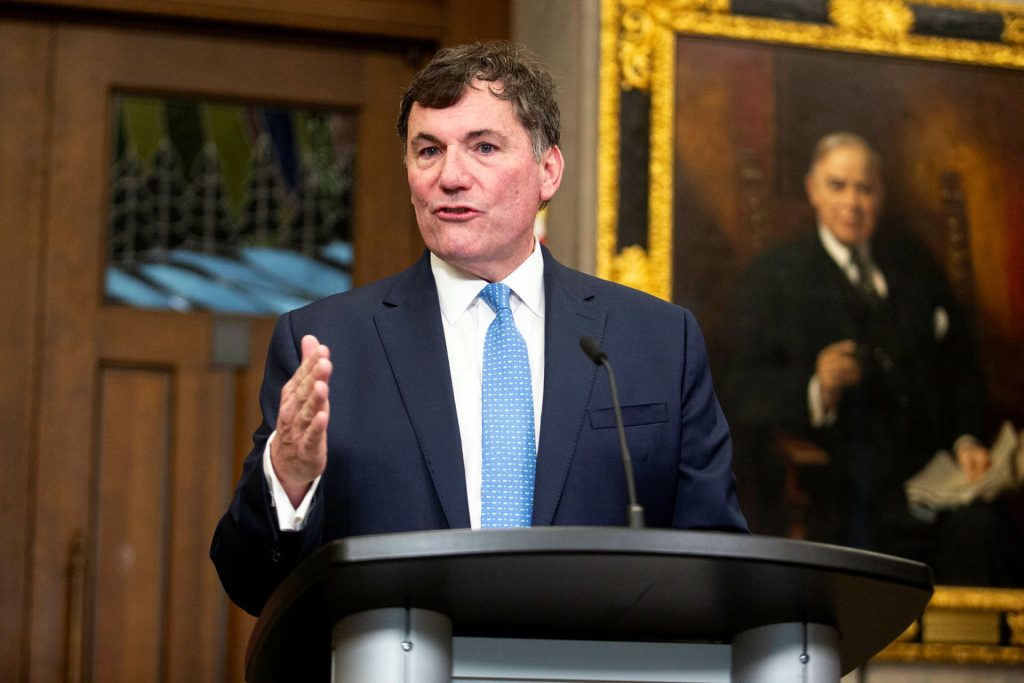
Technically LeBlanc’s position is changing slightly: he’ll be the minister responsible for Canada-U.S. trade, where before he was the minister of international trade. That role has now gone to Maninder Sidhu, who one imagines will be focused on boosting trade with countries besides the United States.
Freeland has likewise retained her job as minister of internal trade, as well as transport. She’ll be responsible for making good on Carney’s campaign promise to table legislation in the House of Commons to “eliminate all federal barriers to interprovincial trade and labour mobility, and to remove all federal exceptions under the Canada Free Trade Agreement” before the summer break.
There is one newcomer who belongs in this group, however: Marjorie Michel, who is taking the health minister job.
Michel ran in Trudeau’s old riding, Papineau, Que. She holds a graduate degree in social work and organizational psychology, but her most relevant experience is as a Trudeau government staffer. She served as chief of staff to the Treasury Board president, and then as deputy chief of staff in Trudeau’s PMO. She’s also worked as an organizer for the Liberal Party.
Michel’s jobs will include trying to bully the provinces into abandoning private health-care expansion, while persuading as many of them as possible to sign pharmacare deals with the feds, assuming Carney makes that a priority.
Did the West get in?
Yes, sort of.
Rookie Edmonton Centre MP Eleanor Olszewski is now the minister of “emergency management and community resilience”—formerly “emergency preparedness”—and is also in charge of the subsidy agency for the Prairies. She was a lawyer before running for office.
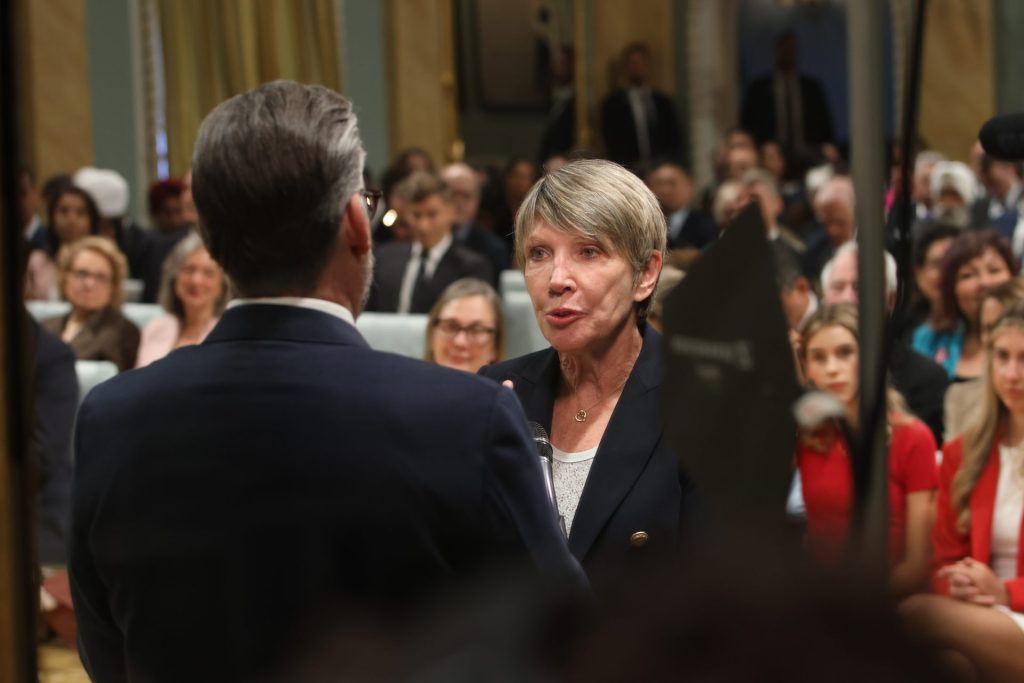
Edmonton is probably the least hostile territory for Liberals in Alberta. If his sole aim was to soothe western alienation, Carney might have gotten more mileage by appointing Calgary Liberal MP Corey Hogan to the cabinet. Or maybe not—Premier Danielle Smith and Alberta’s separatists aren’t exactly looking for friends in the Carney government at the moment.
The lone Liberal from Saskatchewan, Buckley Belanger, was awarded a job as the secretary of state for rural development.
The snubs
We’ll start with a disclaimer: bigger is not always better when it comes to cabinets. Hard choices must be made.
Some of those choices are more puzzling than others, though. The exclusion of Arielle Kayabaga is a prime example.
Kayabaga is neither a longtime political veteran, nor a former private-sector bigwig. She was first elected in 2021, and served for just a few weeks as a parliamentary secretary in the final days of the Trudeau government.
Still, Carney saw fit to include her in his first cabinet, naming Kayabaga as his government House leader and minister of democratic institutions. Kayabaga never had an opportunity to lead the government in the House, as it had been shuttered by a prorogation. And then, after two months and an election, without having much of an opportunity to succeed or fail, she was expelled from the cabinet ranks.
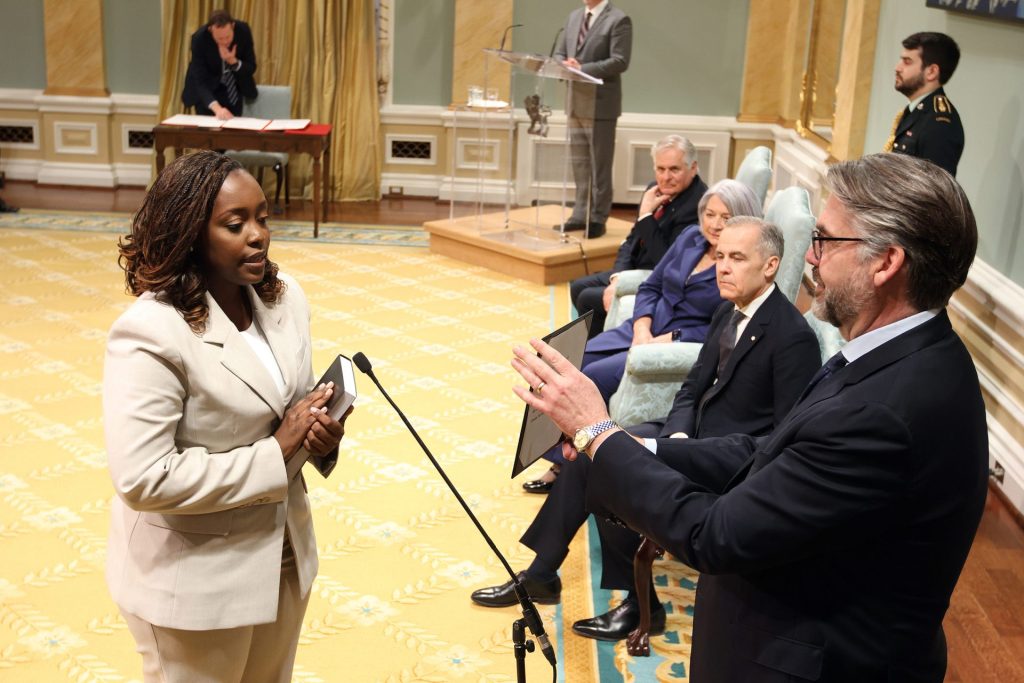
Ditto for Ali Ehsassi, a longtime MP who was finally brought into cabinet for the first time by Carney in March, as the minister of “government transformation, public services, and procurement”, then dumped on May 13.
Nate Erskine-Smith was also left out. He has been an MP since 2015. Trudeau named him the housing minister in December, and Carney extended him in that role in March.
Cabinet veterans Bill Blair, Jonathan Wilkinson, and Ginette Petitpas Taylor did not get a seat at the big table, either. The three have served in a combined 11 cabinet roles since 2017.
This piece first appeared in Politics This Morning, your go-to source for insider news, analysis, and updates on where all the key political players are that day. To get more insider coverage directly to your inbox from The Hill Times‘ editor Peter Mazereeuw and reporter Riddhi Kachhela in this subscriber-only daily newsletter, sign up here.
The Hill Times






 LICENSING
LICENSING PODCAST
PODCAST ALERTS
ALERTS













